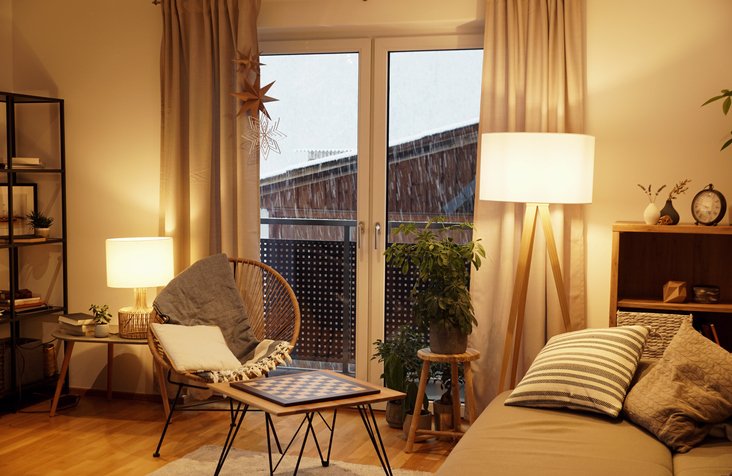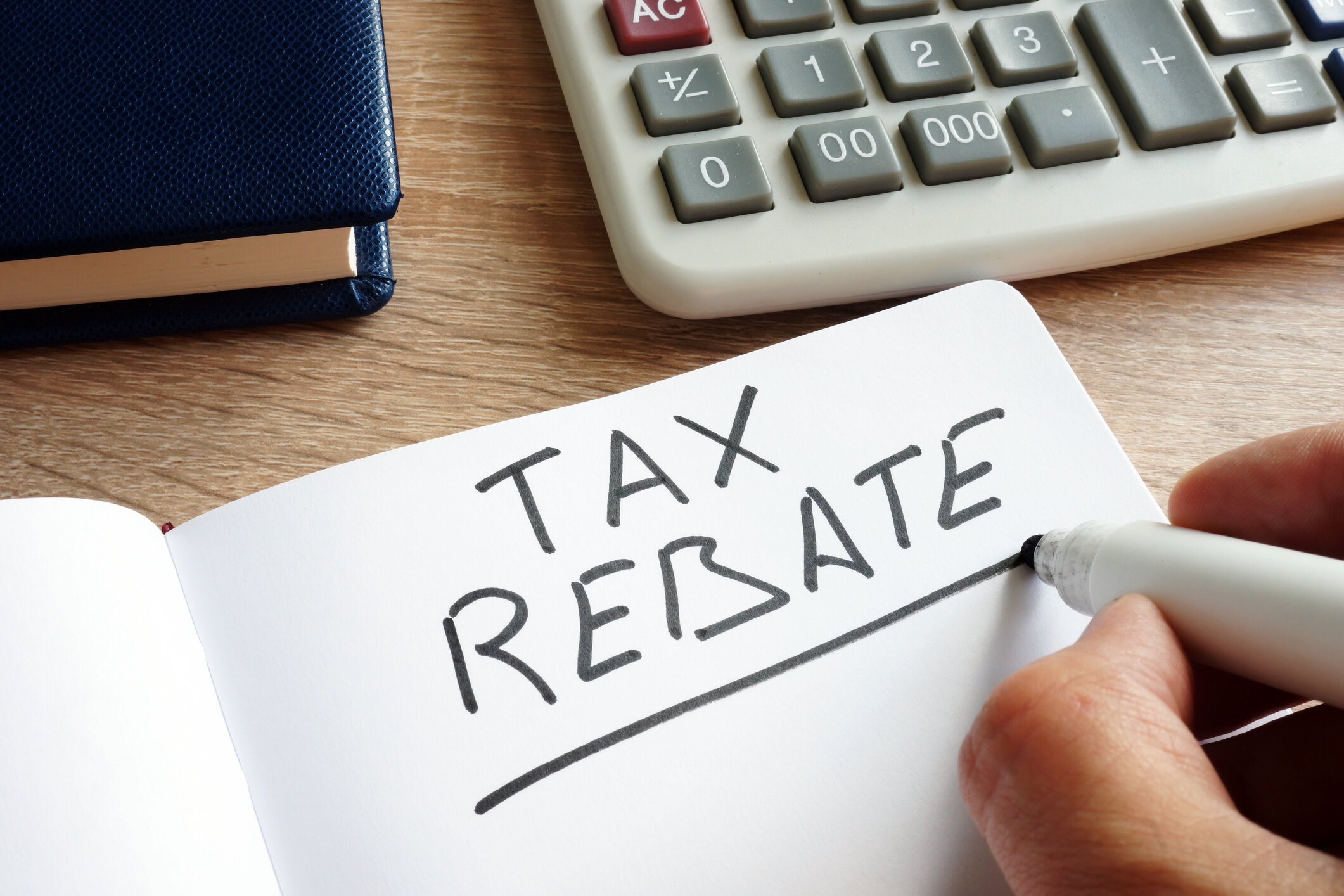Whole Home Humidifiers & Dehumidifiers in Tulsa
From dry, itchy skin, to chapped lips, and static electricity, low humidity in the home affects your quality of life. It can affect breathing, irritate the nose and throat, cause nosebleeds, and is especially hard on asthma and allergy sufferers. It can also suck the moisture out of hardwood floors, pianos, guitars, furniture, and other expensive wood-based items, costing you a small fortune.These things can happen if the relative humidity in your home falls below 30 percent.
Benefits Of Whole-House Humidifiers
In the winter, that level can easily dive as low as 15 percent, drier than the air in most desserts. Broken Arrow, Oklahoma should not feel like the Sahara desert. To regulate moisture in your home you need a good humidifier.While most portable units don’t regulate actual humidity levels, and can only humidify one or two rooms, whole-house humidifiers have an immediate connection to your heating system, providing comfort and consistency throughout the home. Portable units run the risk of adding too much moisture to the air, which can lead to mold, mildew, dust mites, and insects. If portable units are not cleaned often, they can become sources of mold and bacteria. Some benefits of whole-house units are that they only need to be cleaned once or twice a year, and don’t use a reservoir, eliminating the dangers of stagnant water in the home. Once ideal humidity levels are set, whole-house humidifiers regulate moisture levels, humidify air as needed, and distribute it to every room in the home.Maintaining humidity levels reduces the chance of respiratory infection by reducing viruses, bacteria, and dust. By eliminating dust you also reduce the time, effort, and cost of cleaning your home. In addition, as dry air feels colder, maintaining proper moisture levels will help you to feel warm naturally, allowing for lower thermostat levels, and lower utility costs.In terms of health, cost, and energy efficiency, whole-house humidifiers are the most beneficial way to regulate humidity in your home. With several models available, the best humidifier for you will depend largely on your existing heating and cooling system, as well as the size of your home.Our goal is to help educate our customers about energy and home comfort issues (specific to HVAC systems). For more information, click here. Air Assurance services Tulsa, Broken Arrow and the surrounding areas. To get started, check out our website or see our current promotions.




















